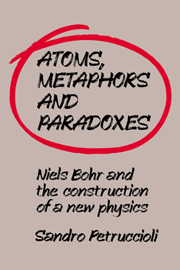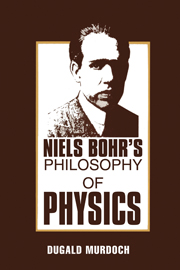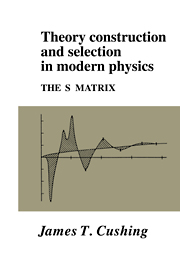Atoms, Metaphors and Paradoxes
This book gives a detailed study of the development and the interpretation given to Niels Bohr's Principle of Correspondence. It also describes the role that this principle played in guiding Bohr's research over the critical period from 1920 to 1927. Quantum mechanics, developed in the 1920s and 1930s by Bohr, Heisenberg, Born, Schrödinger and Dirac, represents one of the most profound turning points in science. This theory required a wholly new kind of physics in which many of the principles, concepts and models representing reality, that had formed the basis of classical physics since Galileo and Newton, had to be abandoned. This book re-examines the birth of quantum mechanics, in particular examining the development of crucial and original insights of Niels Bohr.
- History of quantum mechanics, which always sells well
Product details
No date availableHardback
9780521402590
252 pages
236 × 158 × 23 mm
0.513kg
Table of Contents
- Introduction
- 1. The paradigm of complementarity
- 2. Atomic model and quantum hypotheses
- 3. The principle of correspondence
- 4. The theory of virtual oscillators
- 5. The conceptual foundation of quantum mechanics
- 6. The Bohr–Einstein confrontation: phenomena and physical reality
- General bibliography
- Name index
- General index.






